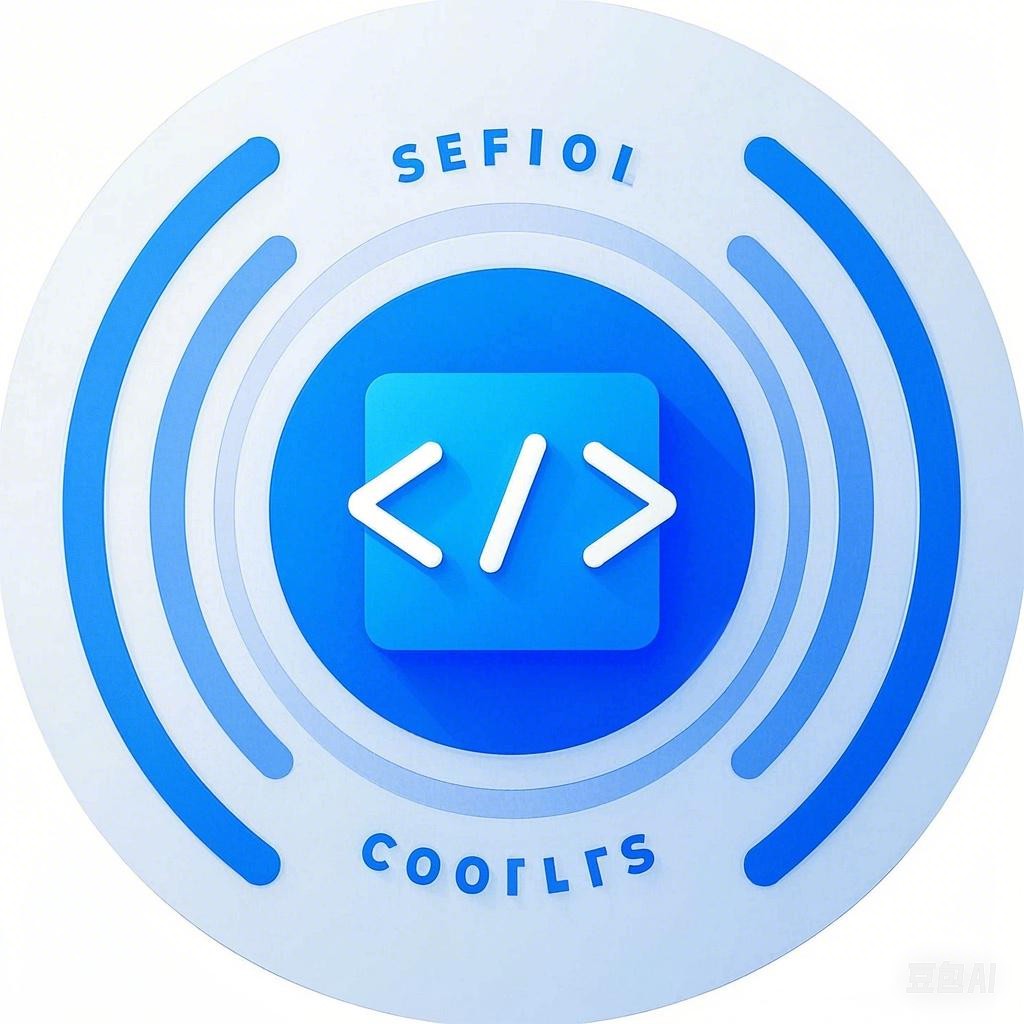移动端编程是一个充满挑战和机遇的领域,随着智能手机和平板电脑的普及,移动应用开发成为了软件开发的一个重要分支。在这个过程中,设计模式作为软件工程中的关键概念,可以帮助开发者编写出更加可维护、可扩展和可重用的代码。本文将解析一些在移动端编程中特别有用的经典设计模式。
一、创建型模式
创建型模式关注对象的创建过程,确保对象被创建时隐藏实现细节,从而提高代码的灵活性和可维护性。
1. 工厂模式(Factory Pattern)
工厂模式提供了一个接口,用于创建对象,但允许子类决定实例化的类是哪一个。这在移动开发中特别有用,因为它允许我们根据不同的设备或平台创建不同的对象实例。
public interface Factory {
Product createProduct();
}
public class ConcreteFactoryA implements Factory {
public Product createProduct() {
return new ProductA();
}
}
public class ConcreteFactoryB implements Factory {
public Product createProduct() {
return new ProductB();
}
}
2. 单例模式(Singleton Pattern)
单例模式确保一个类只有一个实例,并提供一个全局访问点。这在移动开发中非常实用,例如,对于数据库连接、日志记录器等全局资源的管理。
public class Singleton {
private static Singleton instance;
private Singleton() {}
public static Singleton getInstance() {
if (instance == null) {
instance = new Singleton();
}
return instance;
}
}
二、结构型模式
结构型模式关注类和对象的组合,通过使用不同的组合方式来改变类和对象的内部结构。
1. 适配器模式(Adapter Pattern)
适配器模式允许将一个类的接口转换成客户期望的另一个接口。这在移动开发中非常常见,比如在不同版本的Android系统之间进行兼容。
public class Target {
public void request() {
System.out.println("Request");
}
}
public class Adaptee {
public void specificRequest() {
System.out.println("Specific Request");
}
}
public class Adapter extends Target {
private Adaptee adaptee;
public Adapter(Adaptee adaptee) {
this.adaptee = adaptee;
}
public void request() {
adaptee.specificRequest();
}
}
2. 装饰器模式(Decorator Pattern)
装饰器模式动态地给一个对象添加一些额外的职责,而不改变其接口。这在移动开发中用于扩展对象的功能,而不需要修改原始对象的代码。
public interface Component {
void operation();
}
public class ConcreteComponent implements Component {
public void operation() {
System.out.println("ConcreteComponent operation");
}
}
public class Decorator implements Component {
protected Component component;
public Decorator(Component component) {
this.component = component;
}
public void operation() {
component.operation();
}
}
public class ConcreteDecoratorA extends Decorator {
public ConcreteDecoratorA(Component component) {
super(component);
}
public void operation() {
super.operation();
addedBehavior();
}
private void addedBehavior() {
System.out.println("Added behavior");
}
}
三、行为型模式
行为型模式关注对象之间的通信和交互,以及对象内部的行为。
1. 观察者模式(Observer Pattern)
观察者模式定义了一种一对多的依赖关系,当一个对象的状态发生变化时,所有依赖于它的对象都得到通知。这在移动开发中用于处理事件和回调。
public interface Observer {
void update();
}
public class ConcreteObserver implements Observer {
public void update() {
System.out.println("Observer updated");
}
}
public class Subject {
private List<Observer> observers = new ArrayList<>();
public void addObserver(Observer observer) {
observers.add(observer);
}
public void notifyObservers() {
for (Observer observer : observers) {
observer.update();
}
}
}
2. 策略模式(Strategy Pattern)
策略模式定义了一系列算法或行为,将它们封装起来并可以相互替换。这在移动开发中用于处理不同的算法或行为,而无需修改使用它们的客户端代码。
public interface Strategy {
void execute();
}
public class ConcreteStrategyA implements Strategy {
public void execute() {
System.out.println("Strategy A executed");
}
}
public class ConcreteStrategyB implements Strategy {
public void execute() {
System.out.println("Strategy B executed");
}
}
public class Context {
private Strategy strategy;
public void setStrategy(Strategy strategy) {
this.strategy = strategy;
}
public void executeStrategy() {
strategy.execute();
}
}
通过以上解析,我们可以看到设计模式在移动端编程中的应用价值。掌握这些模式可以帮助开发者编写出更加高效、可维护和可扩展的移动应用。
